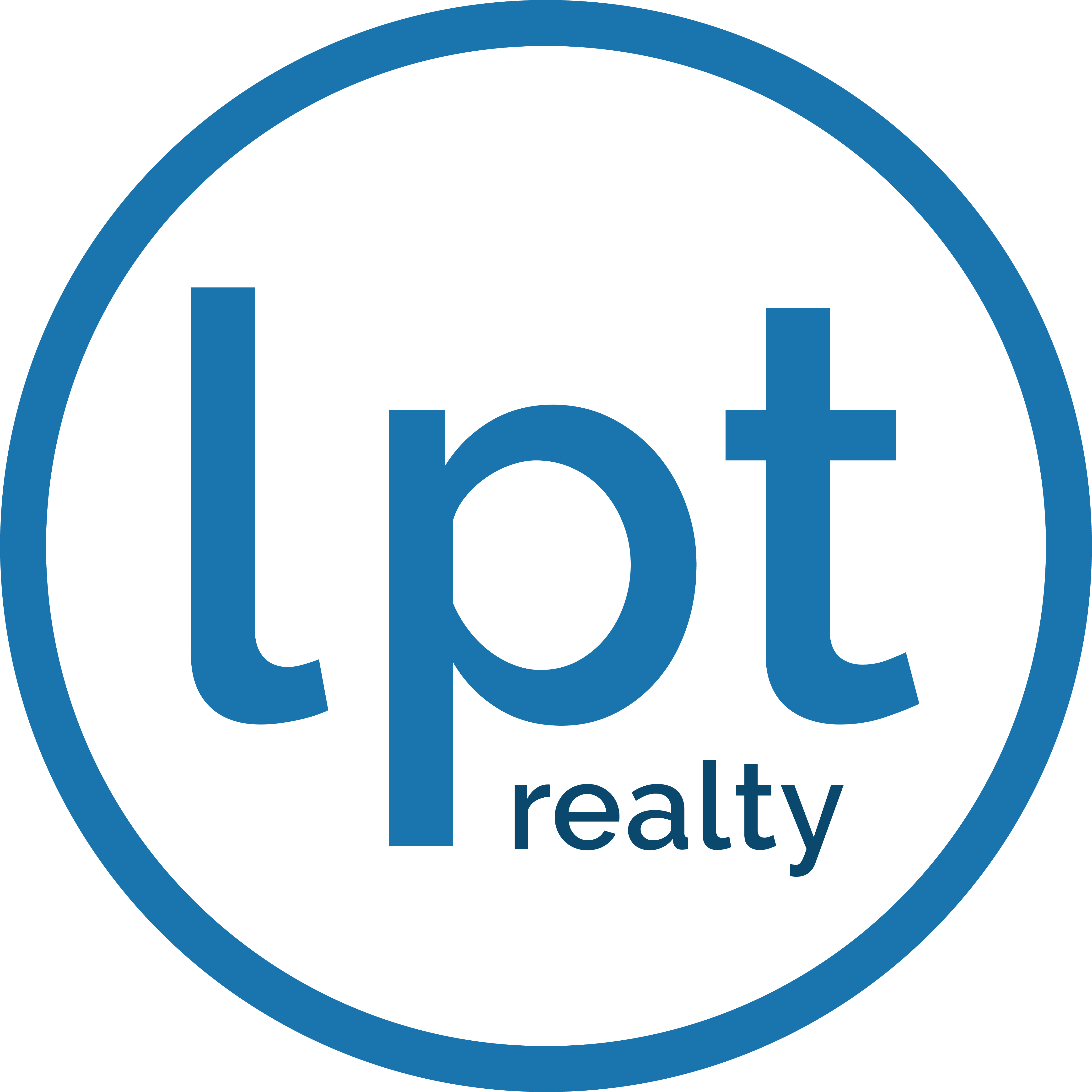Navigating Commercial Lending: A Guide for Savvy Investors

Commercial lending plays a pivotal role in the real estate industry, offering investors access to the capital needed to acquire, develop, and expand commercial properties. Whether you're a seasoned investor or exploring opportunities for the first time, understanding the ins and outs of commercial lending is crucial for success. In this blog post, we'll delve into the world of commercial lending and provide insights to help you make informed decisions.
Understanding Commercial Lending: Commercial lending refers to the process of borrowing money from financial institutions or private lenders for commercial purposes. Unlike residential lending, which focuses on individual homeowners, commercial lending caters to businesses and investors seeking financing for commercial real estate projects.
Types of Commercial Loans:
- Commercial Mortgages: Similar to residential mortgages, commercial mortgages are used to finance the purchase or refinance of commercial properties.
- Construction Loans: Construction loans provide funding for the development or renovation of commercial properties, typically with a short-term repayment period.
- Bridge Loans: Bridge loans offer short-term financing to bridge the gap between the purchase of a new property and the sale of an existing one.
- SBA Loans: Small Business Administration (SBA) loans are government-backed loans designed to support small businesses, including financing for commercial real estate projects.
Key Considerations for Commercial Lending:
- Creditworthiness: Lenders evaluate the creditworthiness of borrowers based on factors such as credit history, income, and assets.
- Loan-to-Value Ratio: Lenders assess the loan-to-value (LTV) ratio, which compares the loan amount to the appraised value of the property, to determine risk.
- Debt-Service Coverage Ratio: Lenders consider the debt-service coverage ratio (DSCR), which measures the property's ability to generate sufficient cash flow to cover debt obligations.
- Interest Rates and Terms: Commercial loan terms, including interest rates, repayment schedules, and prepayment penalties, vary depending on the lender and the specific loan product.
- Documentation Requirements: Borrowers must provide extensive documentation, including financial statements, tax returns, and property appraisals, to support their loan application.
Benefits of Commercial Lending:
- Access to Capital: Commercial lending provides investors with the capital needed to finance commercial real estate projects and achieve their investment goals.
- Portfolio Diversification: Investing in commercial properties allows investors to diversify their portfolios and hedge against market volatility.
- Wealth Creation: Commercial properties have the potential to generate significant rental income and appreciation over time, leading to wealth creation and financial security.
Conclusion: Commercial lending is a cornerstone of the real estate industry, offering investors access to the capital needed to pursue lucrative commercial real estate opportunities. By understanding the types of commercial loans, key considerations, and benefits of commercial lending, investors can navigate the lending process with confidence and leverage financing to maximize their investment potential.
Are you ready to explore commercial lending options for your real estate projects? Contact us today to learn more about available financing solutions and how we can help you achieve your investment objectives.
Categories
Recent Posts










GET MORE INFORMATION

